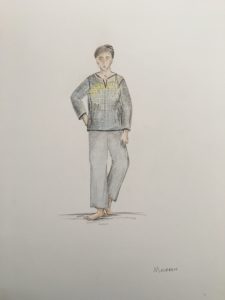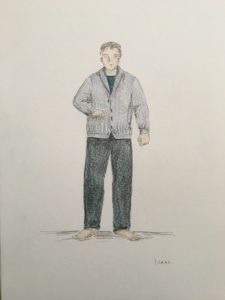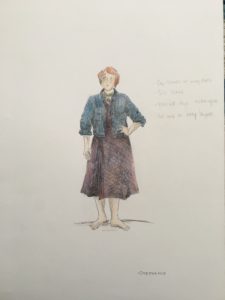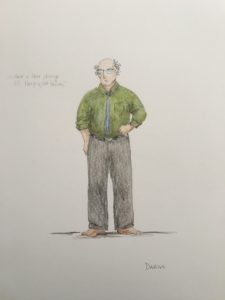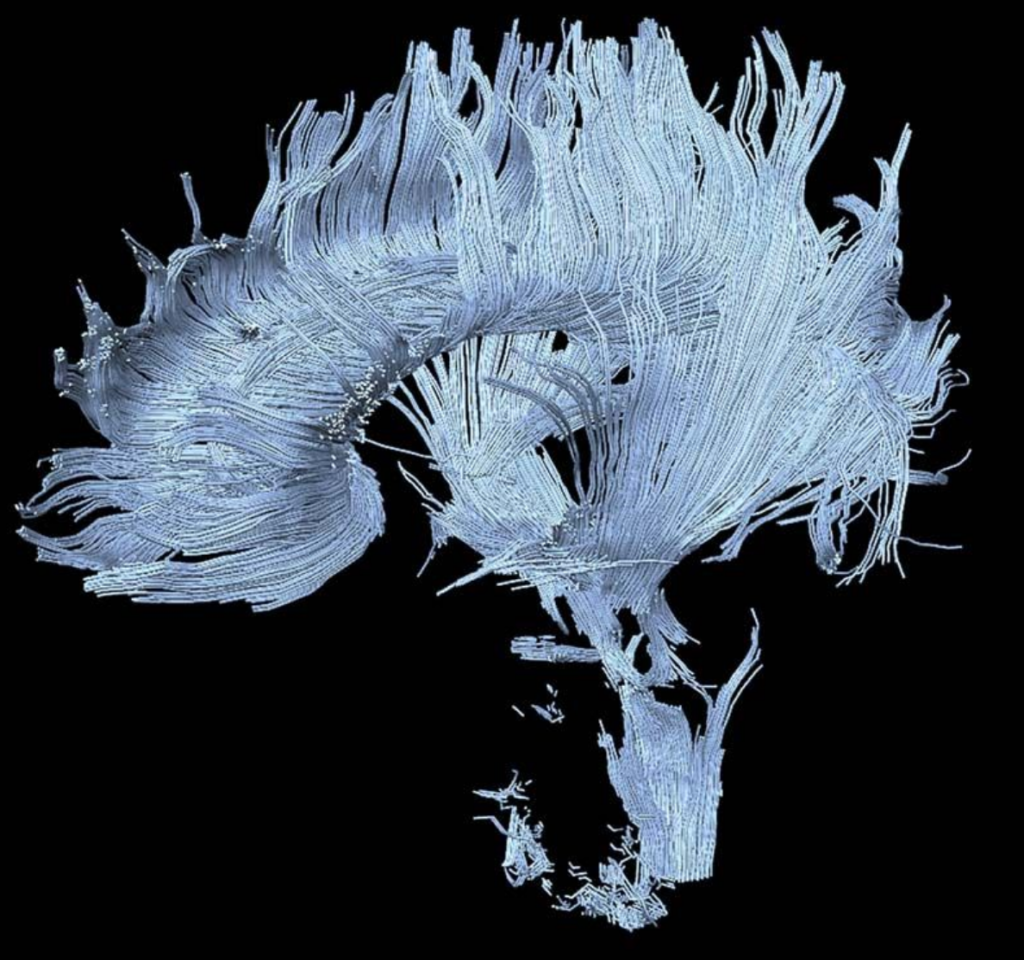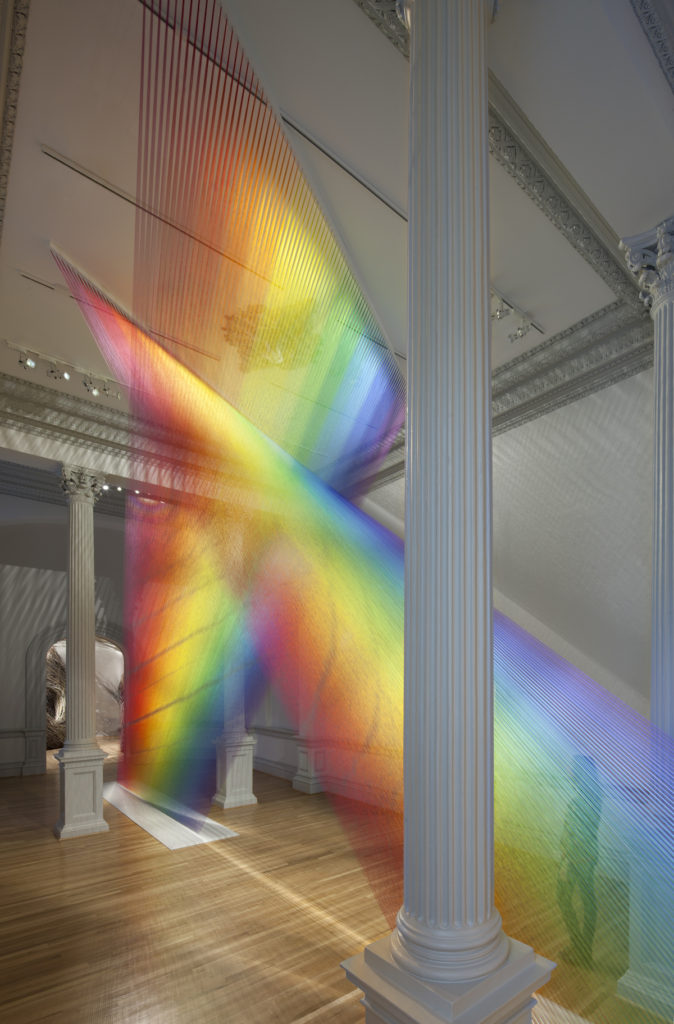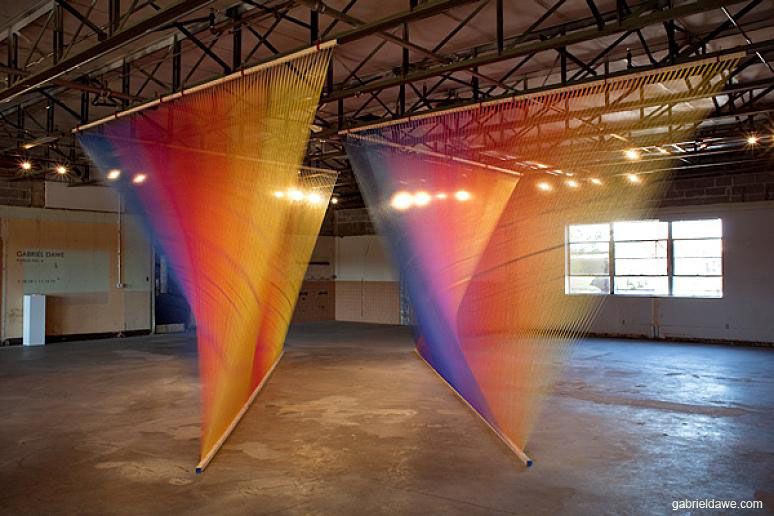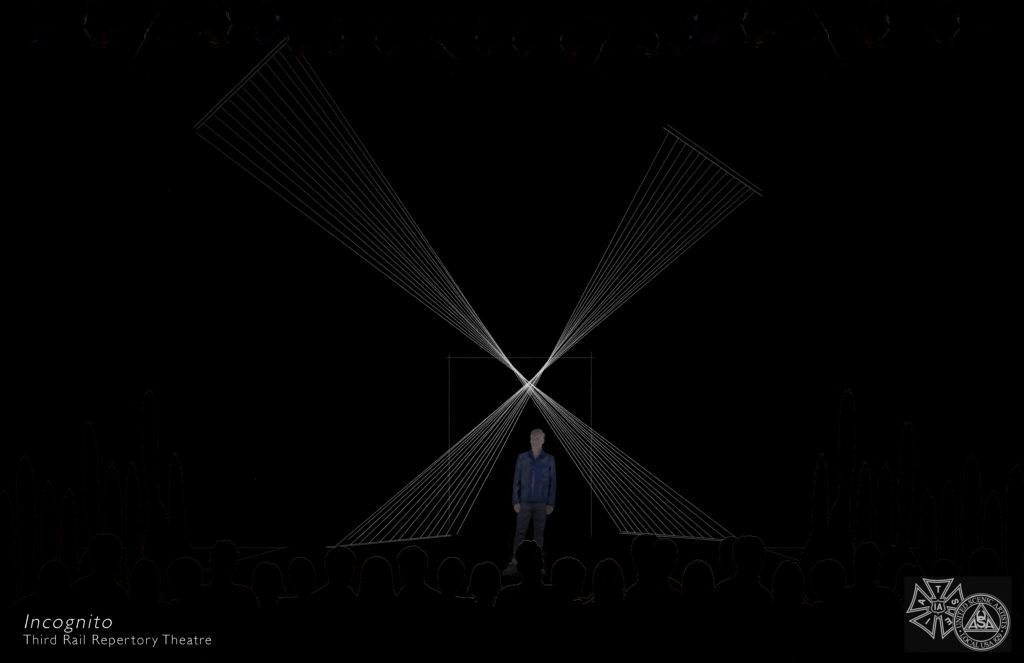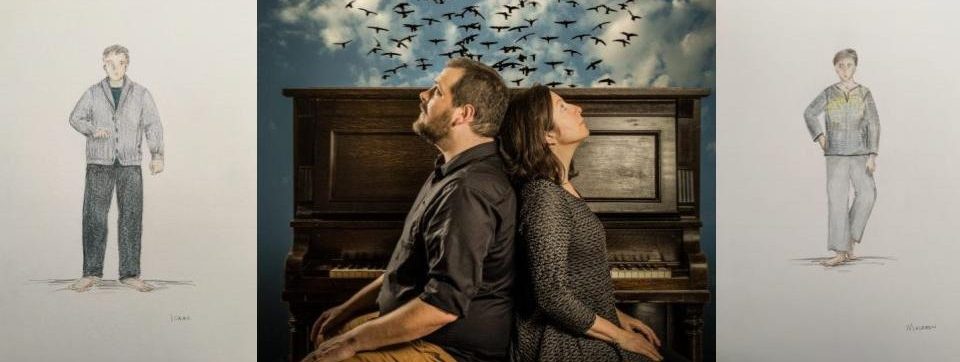
Welcome to the Production Manager Corner. My name is Michelle Kashinsky and this is my second season as Production Manager for Third Rail. I’m usually behind the scenes, making sure the designers and director have what they need in the room to do their beautiful work. I help the team keep on task, on schedule, and on budget. But since Incognito by Nick Payne never got to open, and with the arrival of the previously scheduled closing date (Saturday, April 11th), I wanted to share the world we were creating.
At our production meetings, the design team works to take the ideas of the play and put them into physical shape. Sometimes this is literal (a character plays the piano, so we hunt down a piano, move it into the theatre, tune it, and use it in the play). But sometimes the process is more abstract. And with Incognito, it was always more abstract.
First a note about the structure of Incognito: four actors play a combined twenty-one characters within the play’s three interwoven stories. A pathologist steals the brain of Albert Einstein; a neuropsychologist embarks on her first romance with another woman; a seizure patient forgets everything but how much he loves his girlfriend.
In the play, the character Anthony says this about starlings (small birds):
“We watched the starlings. I love how they come together and move away and then come back together. They sometimes look like half a shape. It’s beautiful.”
This concept was a guiding principle that inspired much of the overall design. The designers worked to subtly guide the audience without their knowledge. One small bird, or design element, would not stand out by itself, but when you put all of them together (sets, costumes, lights, and sounds) something beautiful took shape.
Specifically, a choice was made that the designers would not help us know which story we were following in any given scene. For example, each actor would wear the same costume throughout the show regardless of which character they were playing. And, despite the multiple locations in the play, everything would be played in a void made of black astroturf, wooden cubes, and a string art installation (instead of literal desks/chairs/tables). This disorienting effect would mirror the fragmentary structure of the play, and the design elements would all coalesce at the end: the audience would hear the complete melody of a piano piece, whereas earlier they only heard fragments; the audience would see a new vibrancy of color as the string art installation glowed in special lights, where before it was a dark structure in the space.
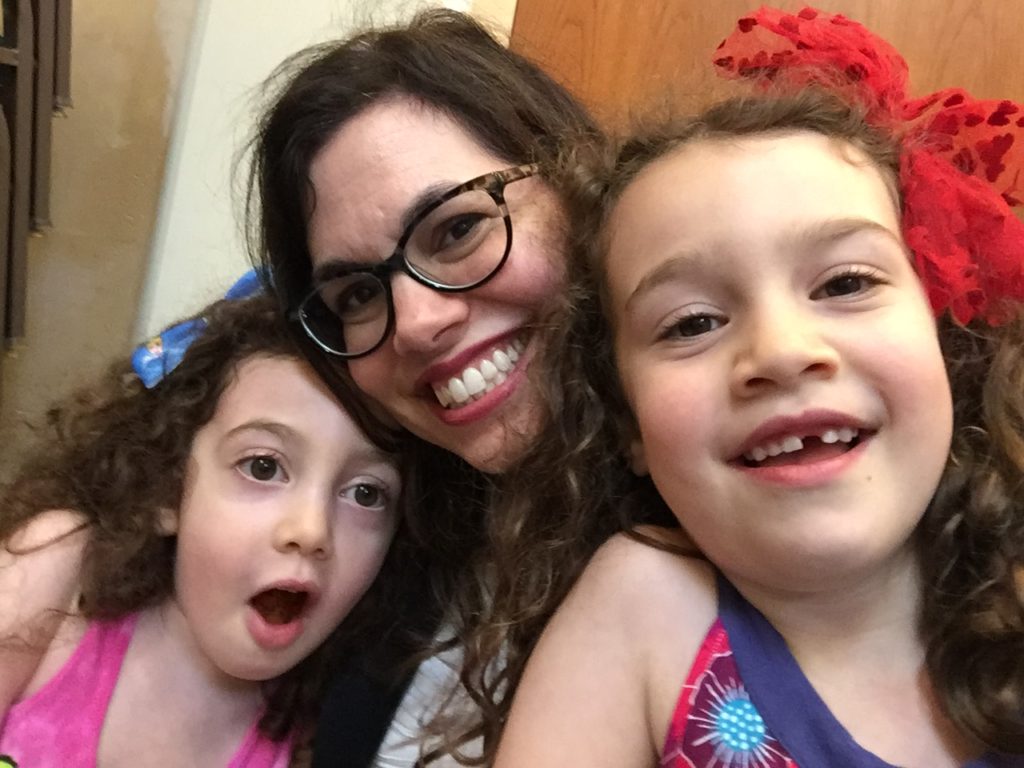
Applause. End of play.
Please enjoy and please be well! And may the arts keep us going, give us hope, and reunite us again, safely, and soon.
Michelle (and Fiona and Rosie)
The Art of Flying
“We watched the starlings. I love how they come together and move away and then come back together. They sometimes look like half a shape. It’s beautiful.”
Costumes
Designer: Abigail Vaughan
“Using different surface treatments we can create patterns derived from plant growth, fractals, brain scans, etc. … Textures or patterns that are barely there but then catch the light and become momentarily visible. The implication of thoughts and memories patched, woven, printed, and superimposed on our form.“
Lighting
Designer: Company Member Jennifer Lin
“Art gives us the language to talk about abstract things.”
Scenic Design
Designer: Megan Wilkerson
“I love the thought of using materials with unidentifiable qualities.“
Sound
Designer: Ryan Gamblin
“This selection of cues from Incognito demonstrates a variety of the textures and tones in the show. Atmospheric compositions for piano, realistic underlays that inform setting, and arpeggios that emphasize the pace of the events all come together, woven into the rich story and characters of Payne’s text.”
Dramaturgy
Dramaturg: Brian Myers
“Some of the characters in Incognito are neuroscientists and some are patients. The play is not exactly about the science, but it is imbued with awareness of the questions that neuroscience raises. … Playwright Nick Payne goes further: his concerns manifest themselves not just in the experience of the characters but also in those of the actors and the audience. Several features of the play challenge us in ways that foreground how we receive and process information.”
To read the full dramaturgical notes, click here.
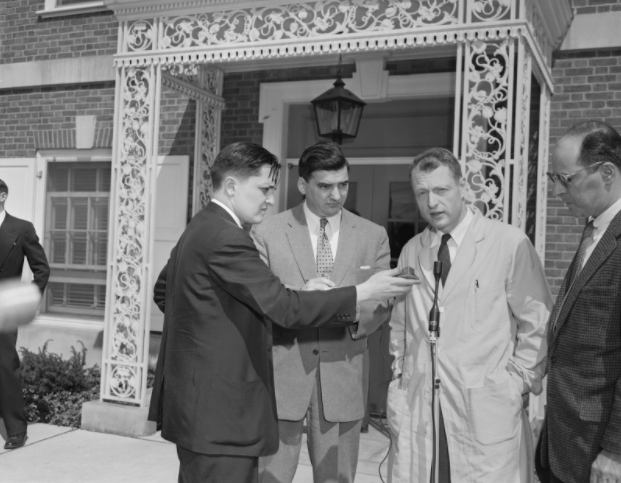
Harvey at Einstein’s autopsy 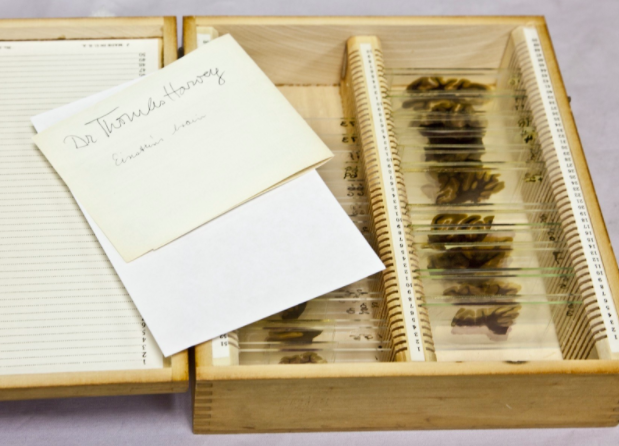
Slices of Einstein’s brain 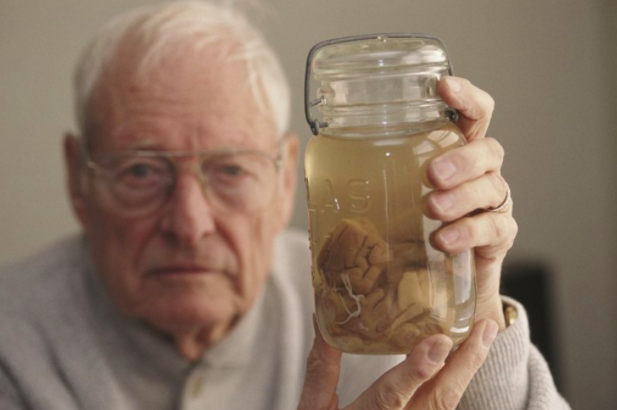
Harvey in 1994, holding a jar containing pieces of Einstein’s brain 
Incognito character map
